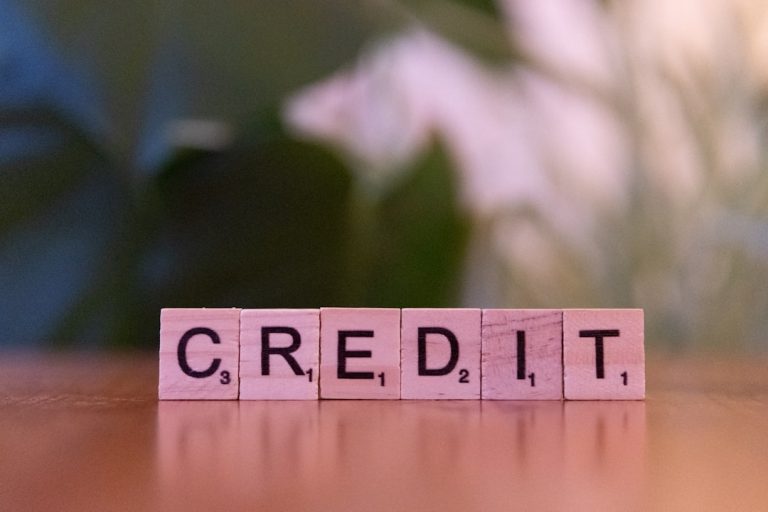Discover how tax credit programs can help you take full advantage of home efficiency incentives, reducing your energy bills while promoting sustainable living.
Understanding Home Efficiency Incentives
Home efficiency incentives are programs designed to encourage homeowners to invest in energy-saving upgrades. These incentives often come in the form of tax credits, rebates, or low-interest loans, making it more affordable to enhance your home’s energy performance. By leveraging these incentives, you can reduce your electricity costs, increase your property’s value, and contribute to a more sustainable environment.
Key Tax Credit Programs for Energy Efficiency
Federal Tax Credits
Federal tax credits are direct reductions in the amount of tax you owe. For example, if you’re eligible for a $1,000 tax credit, your tax liability decreases by that amount. While the United States offers various federal tax credits for energy-efficient home improvements, it’s essential to consult with a tax professional to understand your eligibility and maximize your benefits.
State-Level Incentives
Many states, like Pennsylvania, offer additional incentives to complement federal programs. These can include rebates for installing energy-efficient appliances, grants for home insulation, or incentives for renewable energy installations such as solar panels. State programs vary, so it’s crucial to research what’s available in your region.
Property-Assessed Clean Energy (PACE) Financing
PACE financing allows homeowners to fund energy-efficient upgrades through their property taxes. This option provides upfront capital for improvements like HVAC systems, windows, and insulation, with repayment spread over a set period. PACE programs are available in several states and can be an excellent way to finance large-scale energy projects.
How to Apply for Energy Efficiency Incentives
Assess Eligibility
Begin by evaluating your home’s current energy efficiency. Consider conducting an energy audit to identify areas for improvement. Understanding your eligibility for various programs will help you prioritize the most beneficial upgrades.
Gather Necessary Documentation
Different incentives require different documentation. Typically, you’ll need proof of purchase and installation of energy-efficient products, contractor certifications, and sometimes, detailed project plans. Ensure you have all required paperwork to streamline the application process.
Submit Applications Promptly
Many incentive programs operate on a first-come, first-served basis or have specific application windows. Submit your applications as soon as possible to maximize your chances of approval and avoid missing out on available funds.
Benefits of Maximizing Home Efficiency Incentives
Financial Savings: By taking advantage of tax credits and rebates, you can significantly reduce the upfront costs of energy-efficient upgrades. Over time, these investments lead to lower utility bills, providing ongoing savings.
Increased Home Value: Energy-efficient homes are more attractive to buyers. Upgrades like improved insulation, energy-efficient windows, and renewable energy systems can enhance your property’s market value.
Environmental Impact: Reducing your home’s energy consumption decreases your carbon footprint, contributing to broader environmental sustainability efforts.
Enhanced Comfort: Energy-efficient improvements often result in better indoor climate control, leading to a more comfortable living environment throughout the year.
Examples of Home Efficiency Incentives
Lighting Upgrades
Simple changes, such as switching to LED lighting, can yield immediate energy savings with minimal upfront costs. Many utility companies offer rebates for these upgrades, making it an accessible first step toward greater energy efficiency.
Insulation and Sealing
Improving your home’s insulation and sealing leaks can significantly reduce heating and cooling demands. Programs like the Weatherization Assistance Program provide grants or low-interest loans to help cover these essential improvements.
Renewable Energy Installations
Installing solar panels, wind turbines, or geothermal systems not only harness renewable energy but also make you eligible for various tax credits and rebates. These installations often pay for themselves over time through energy savings and incentive payments.
Energy-Efficient Appliances
Replacing old appliances with ENERGY STAR-certified models can lead to substantial energy and cost savings. Federal and state programs frequently offer incentives to encourage these replacements, making them more affordable.
Maximizing Your Benefits with Oriel IPO
At Oriel IPO, we understand the importance of making informed investment decisions. Our platform connects UK startups with investors, focusing on tax-efficient opportunities such as SEIS/EIS schemes. By leveraging our comprehensive educational resources and curated investment options, you can optimize your financial strategies to support sustainable initiatives, including energy efficiency projects.
“Taking advantage of home efficiency incentives not only benefits your wallet but also contributes to a greener future. Explore the available tax credit programs and make your home more energy-efficient today.”
Conclusion
Maximizing energy efficiency incentives through tax credit programs is a smart financial and environmental strategy. By understanding the available options and taking proactive steps to improve your home’s energy performance, you can enjoy significant savings, increase your property value, and contribute to a sustainable future.
Ready to take the next step in optimizing your investments and supporting energy-efficient projects? Visit Oriel IPO today and discover how you can make a positive impact while reaping financial rewards.



